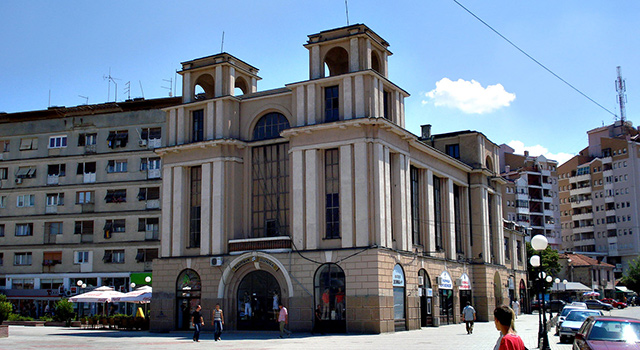Kumanovo
Kumanovo first time is mentioned in 1519 in Turkish inventory defter, as a village settlement part of the Nagorich nahia in the Sandzak of Kjustendil, with 52 families and around 300 inhabitants. For the first time as a city settlement ñ casaba, Kumanovo is mentioned in one cadastral register from the second half of the XVI and in the beginning of the XVII century, when it becomes the center of the nahia of Kumanovo. The famous writer Evlija Cheleby visits the city in 1660 and mentions that it numbers around 600 houses.

The Frenchmen Amy Bue, PhD in Medical sciences visits Kumanovo in 1835 noticing that the city has approximately 3000 inhabitants. In the second part of the XIX century Kumanovo undergoes an ascent, when from a Turkish casaba merges into an administrative and economic centre. Creates a bazaar and a guild-bazaar stratum (civil class), and thankfully to an excellent geographic position it becomes a significant trading centre. At the end of the XIX century Kumanovo numbers around 15000 inhabitants.
In the first years of the XX century and in the period between the two world wars the population of Kumanovo was occupying mainly with farming, craftsmanship and petty trade. Then are emerging the first industry complexes as: flower mills, workshop for production of soap, the Monopoly, workshops for brick and tile production, carpenter workshop, three motor , printing house and other. Kumanovo gave a considerable contribution in the NOB, as a member of the antifascist coalition in the world.
After the II World War Kumanovo is experiencing intense economic and cultural development. Today, it is a city with over 100000 inhabitants, several production capacities and a significance network of cultural institutions.

